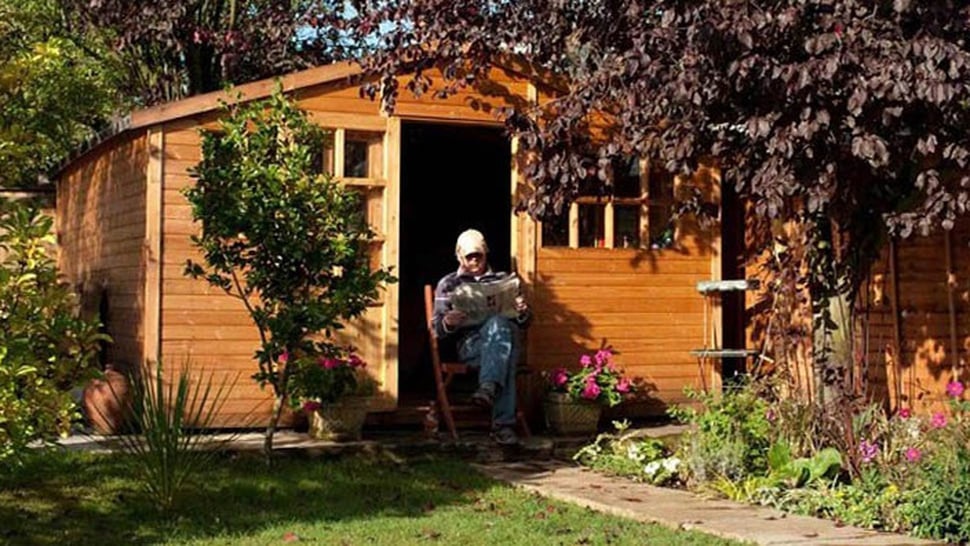Peter Sirr writes: Cut throat Lane, above a list of churches and directly above the engraved figure of the surveyor and his tripod, as if his view of the city might also be an inspection of its criminal underlife. The city obliges: Murdering Lane. Cutpurse Row. Dirty Lane. Dunghill Lane. Bedlam. Black Dog Prison. The names vanished now, though the routes are all still there. But also much that is completely familiar, so that if set down there I could easily find my way around. The time traveller’s machine lands in, say, Smithfield. He makes his way through the din of the cattle market and moves south down Arran Street and along Arran Quay until he comes to the old bridge, which he crosses. Assuming he has made it this far, assuming he has a coin to fling at Hackball, the King of the Mendicants who guards the bridge like a troll, he climbs up Bridge Street and … a moment of confusion at Wormwood Gate and Cook Street, he pauses, remembers his Latin,
Haec Ormondia dicitur, Hibernicis Orwown, id est Frons Momoniae, Anglis Ormond, et plurimis corruptissime Wormewood. Corruptissime … He leaves Ormond, Urmhumhan, Wormwood Gate and veers south again down New Row and across Corn Market towards Francis Street. Familiar territory now, though the houses are unrecognisable. Head down, tries not to call attention to himself. The clothes, the stench! Across the Coombe into New Row South, turn left into Black Pitts and then … And then nothing, trees and marked out plots of land, and the traveller’s home a vegetable garden, and will be for a long time yet. Some of the fields have rows of posts, and if it’s fine he might see the woven cloths fixed to the posts with iron tenterhooks and stretched out to dry. Fifty years from now the weavers will get a purpose-built Tenter House so they don’t have to rely on the Dublin weather. But for now they’re here, looking balefully at the grey sky. Room in this corner for Andrew Drury, the mapmaker’s engraver, to flourish his name.
North of here is crowded, dense, the houses and plots packed close together, a warren of tiny streets and narrow lanes with occasional open patches: Huguenot territory, New Market, Weavers’ Square. I cast off the time traveller mask and settle down to some serious exploring. I begin greedily with my own patch of the city, hunting among Malpas Street, New Street, The Coombe, the vanished streets between The Coombe and Newmarket – Skinners Alley, Cuckolds Row, or those which have been renamed, Crooked Staff (Ardee Street), Mutton Lane (Watkins Square?). Just north of the east side of Newmarket, right in the centre of this bustling area of weavers, tanners, skinners and butchers is the homely rectangle of St Luke’s Church, and I feel an odd pang of nostalgia as I gaze at the avenue of trees leading up to its door. Where the avenue was is now the wide extension to Cork Street, which cuts a brutal swathe through the area, and the ruined church sits on its hill behind ugly green railings, looking down on a bus-stop. It’s closed off by an office building on one side and an apartment block on the other, an anomalous relic of early eighteenth century church building, preserved from the wrecking ball by order of the same council that built the road. The trees were gone at least a hundred and fifty years before that, so it’s hard to account for the nostalgia, except that Rocque gives them such presence on the 1756 Exact survey of the city and suburbs of Dublin, all twenty-one of them lovingly sketched, that I can feel myself walking down the avenue. The headstones in the graveyard are also visible. Everything is visible, every stable lane, dwelling and warehouse, so that I can hardly force myself to hurry through this crowded neighbourhood.
I leave the trees and follow the curve of the The Coombe before turning up the broad expanse of Meath Street. All around me is the industrial heartland of eighteenth century Dublin. At its northern extremity, where it meets Hanbury Lane, Meath Street narrows sharply before it joins the great thoroughfare of Thomas Street. Here’s the Glib Market, with its meat and fowl, and here’s St Catherine’s Church, not yet the handsome current building but clear and substantial, its name in a pale band in the centre of its black bulk. Behind the church I can make out the individually marked gravestones. If I go back to the street and turn to the right, looking back towards the old city, I can see, just before Francis Street and Cutpurse Row, the long vanished Corn Market House, since demolished by the Wide Street Commissioners, much to the annoyance of the local traders. It may be 1756, we may be in a bustling industrial and trading quarter, and the abbey which gave the street its name – founded by Henry II to atone for his part in the murder of his troublesome archbishop – may have disappeared, but the middle ages are still everywhere. They’re there in the narrow burgage plots stretching back from the great old street, in the route of the street along the ridge that slopes down to the river, the old Slí Mhór, the road to the West.
More

